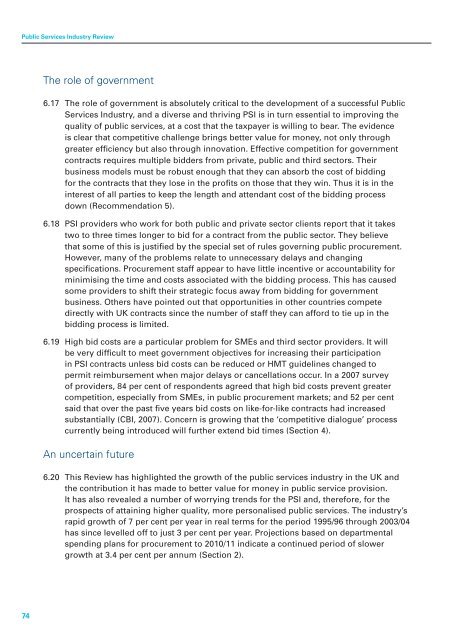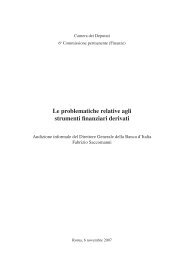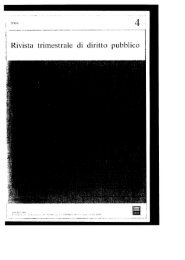Understanding the Public Services Industy
Understanding the Public Services Industy
Understanding the Public Services Industy
You also want an ePaper? Increase the reach of your titles
YUMPU automatically turns print PDFs into web optimized ePapers that Google loves.
<strong>Public</strong> <strong>Services</strong> Industry Review<br />
The role of government<br />
6.17 The role of government is absolutely critical to <strong>the</strong> development of a successful <strong>Public</strong><br />
<strong>Services</strong> Industry, and a diverse and thriving PSI is in turn essential to improving <strong>the</strong><br />
quality of public services, at a cost that <strong>the</strong> taxpayer is willing to bear. The evidence<br />
is clear that competitive challenge brings better value for money, not only through<br />
greater efficiency but also through innovation. Effective competition for government<br />
contracts requires multiple bidders from private, public and third sectors. Their<br />
business models must be robust enough that <strong>the</strong>y can absorb <strong>the</strong> cost of bidding<br />
for <strong>the</strong> contracts that <strong>the</strong>y lose in <strong>the</strong> profits on those that <strong>the</strong>y win. Thus it is in <strong>the</strong><br />
interest of all parties to keep <strong>the</strong> length and attendant cost of <strong>the</strong> bidding process<br />
down (Recommendation 5).<br />
6.18 PSI providers who work for both public and private sector clients report that it takes<br />
two to three times longer to bid for a contract from <strong>the</strong> public sector. They believe<br />
that some of this is justified by <strong>the</strong> special set of rules governing public procurement.<br />
However, many of <strong>the</strong> problems relate to unnecessary delays and changing<br />
specifications. Procurement staff appear to have little incentive or accountability for<br />
minimising <strong>the</strong> time and costs associated with <strong>the</strong> bidding process. This has caused<br />
some providers to shift <strong>the</strong>ir strategic focus away from bidding for government<br />
business. O<strong>the</strong>rs have pointed out that opportunities in o<strong>the</strong>r countries compete<br />
directly with UK contracts since <strong>the</strong> number of staff <strong>the</strong>y can afford to tie up in <strong>the</strong><br />
bidding process is limited.<br />
6.19 High bid costs are a particular problem for SMEs and third sector providers. It will<br />
be very difficult to meet government objectives for increasing <strong>the</strong>ir participation<br />
in PSI contracts unless bid costs can be reduced or HMT guidelines changed to<br />
permit reimbursement when major delays or cancellations occur. In a 2007 survey<br />
of providers, 84 per cent of respondents agreed that high bid costs prevent greater<br />
competition, especially from SMEs, in public procurement markets; and 52 per cent<br />
said that over <strong>the</strong> past five years bid costs on like-for-like contracts had increased<br />
substantially (CBI, 2007). Concern is growing that <strong>the</strong> ‘competitive dialogue’ process<br />
currently being introduced will fur<strong>the</strong>r extend bid times (Section 4).<br />
An uncertain future<br />
6.20 This Review has highlighted <strong>the</strong> growth of <strong>the</strong> public services industry in <strong>the</strong> UK and<br />
<strong>the</strong> contribution it has made to better value for money in public service provision.<br />
It has also revealed a number of worrying trends for <strong>the</strong> PSI and, <strong>the</strong>refore, for <strong>the</strong><br />
prospects of attaining higher quality, more personalised public services. The industry’s<br />
rapid growth of 7 per cent per year in real terms for <strong>the</strong> period 1995/96 through 2003/04<br />
has since levelled off to just 3 per cent per year. Projections based on departmental<br />
spending plans for procurement to 2010/11 indicate a continued period of slower<br />
growth at 3.4 per cent per annum (Section 2).<br />
74
















